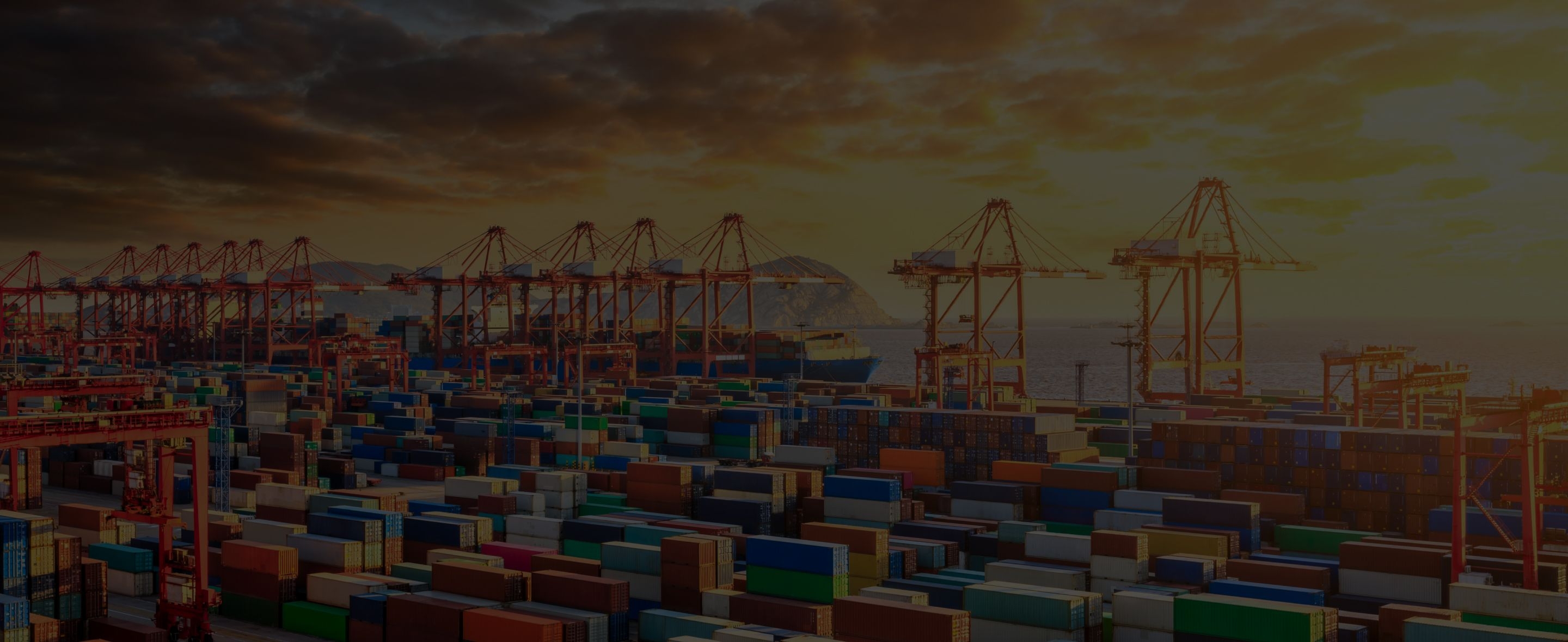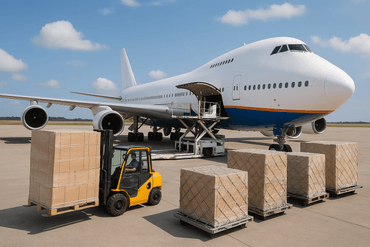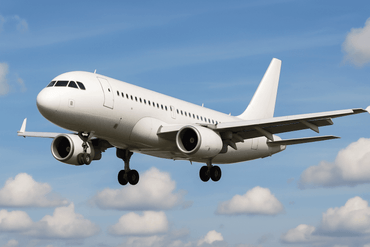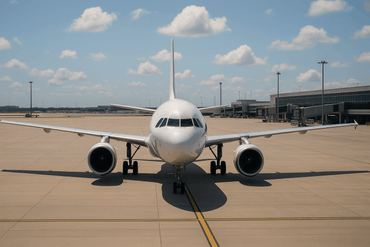
How the world's largest market is handling the rising demand for mega-ships



Mega-ships and ports: Need for adaptation
It is perhaps futile to argue against the relevance of mega-ships and the role they play in the future of the ocean freight industry. The demand is certainly there, evidenced by works at ports that are already underway to bring us the latest fleet of Herculean vessels.
Experts are hailing mega-ships as a logical development as they can deliver containers at a much lower cost per container. Latest orders of these mega-ships include CMA CGM’s nine 22,000TEU vessels and MSC’s eleven 23,000TEU vessels.
With the dawn of these mega-vessels soon upon us, shipping industry players must begin to adapt their strategies and capabilities to be mega vessel-compliant.
The immediate impact of these mega-ships will perhaps be felt by none other than their hosts — ports and terminals. As the onslaught of mega-ships commences, some reckon it can really be a case of make or break for many ports in the coming years, especially as demand continues to rise.
Right now, there is a limited number of ports that can handle these mega-vessels, which means that carriers will have to base their schedules around that. This will allow those ports that have the ability to host mega-ships to become important major hubs, from which cargo will be moved out by feeder lines for smaller ports.
“Just look at Singapore, for example. It has long been established as one of the top ports in the world, even though relatively little of the cargo it handles is for Singapore itself. As we continue down this road, there will be a gap between the major ports that handle mega-ships and the smaller ports that do not. The latter will need to make a jump later on if they wish to join the elite.”
— Klaus Lysdal, vice president of operations, iContainers
Ports in Asia ready for mega-ships
In this aspect, the greatest progress has been felt in Asia, and more specifically, China. This is highlighted in the rapid advancement and development of its ports over the past two decades.
As it stands, seven of the world’s ten largest ports are located in China. Unfortunately, though, their US counterparts have been slow to keep pace. In fact, the list of 20 busiest ports in the world features only one US port.
Here’s looking at it from a more comparative point of view: trade volume at the world’s busiest port, the Port of Shanghai, is more than the combined total of the top five ports in the US.
![]()
Image credit: Visual Capitalist
Despite the rising pressure and demand for mega-ships, container terminals in North America have reportedly been relatively slower in terms of productivity when compared with their European and Asian counterparts. More specifically, productivity ‘has stayed relatively the same over the past six years’.
“US ports have been a little behind on the development. This is especially so on the East Coast, where the Panama Canal may well have played into them delaying their move on this. Most of these ports face geographical challenges that have to be considered as well, such as harbor depth, low bridges, or ports being located up a river.
But we should soon expect to see the 14,000TEU-class vessels that are currently used in the Far East-Europe trade move to the Far East-US trade.”
— Klaus Lysdal
Port investment and adaptability
Adapting to mega-ships involves much more than just increasing harbor size and berth depth. Any upgrade from 8,000TEUs is pretty significant and will raise some serious questions about ports’ infrastructures.
As greater capacities are traded, there will be even more urgency involved in moving all those containers out of the ports and to the end client quickly. That said, extended port and terminal facilities such as efficient gate operations and trucker availability are crucial and must be able to handle the larger volumes.
And the solution to this lies in having more efficient terminals and perhaps, more importantly, further investments in port automation.
However, the entire infrastructure of the port as a whole and its connectivity must be upgraded together and complement each other, as an isolated advancement without the infrastructural support of its partners will only be inefficacious at best.
“Automation is not a panacea. There’s no point having an efficient automated terminal if the gate or the truck becomes the logistics bottleneck.”
— Dean Davison, Technical Director of engineering firm WSP
Along the US east coast, container ship sizes docking there have increased since the Panama Canal expansion some three years ago. And with the increasing demand for even larger vessels, there’s no question that much more will have to be done —and quickly— to meet this rising demand.
How are ports in the world’s largest market handling this demand? Here’s a look at how some of the largest ports in the US are adapting to become more mega-ship ready.
How mega-ship ready is the US?
Los Angeles preparing for larger vessels
As the only US port to feature in the list of the world’s top 20 ports, the Port of Los Angeles strategic location along the US west coast means most of the trade movement there comes from/goes to Asia. And despite recent trade tensions between the US and China, the port is preparing for even more growth.
Just last year, the port secured $1.3 billion for its 2018-2019 budget, a large part of which is allocated to developing its terminals and infrastructure to be able to handle larger vessels and increasing container volumes, and the technology to improve supply chain efficiency.
It is also currently undergoing a $34 million rail yard expansion aimed at decreasing the number of trips required by trucking and reducing congestion. Over 31,000 feet of track lines will be added to improve cargo flow, which authorities say will help to increase the port’s overall capacity by an estimated 10%.
3.3 million TEU terminal awaits Long Beach
Los Angeles’ neighboring Port of Long Beach has also been seeing steady growth and more notably since its recovery from the economic downturn in 2010.
And the combined growth of the two ports is set to climb even further with total TEU moved at both these Californian giants expected to more than double within the next 20 years from 17.5 million TEUs to 41 million TEUs.
The Port of Long Beach typically handles 13,000- to 14,000TEU container ships and has also received one of the largest vessels — the 18,000 CMA CGM Benjamin Franklin.
And it continues to look towards the future. Billions of dollars have been invested in expanding its facilities. That includes a $1.5 billion project involving the redevelopment of Piers D, E, and F into a massive 3,300,000TEU terminal that will allow three 21,000TEU vessels to berth at the same time.
$4.7 billion invested in New York and New Jersey’s mega-ship era
Extensive work is also underway on the East Coast, with the Port of New York and New Jersey leading the way. Recent efforts include the deepening of its harbor and the elevation of the Bayonne Bridge to allow mega-ships to reach three of the port’s main four terminals.
Already, the port has spent around $4.7 billion in preparation for the mega-ship era. And more construction work is expected to begin from projects at two marine terminals. The APM Terminals facility is currently undergoing a $200 million modernization project that will see it bring in new cranes and implement a new appointment system.
Other port development work in the US
Port of Savannah
- Completion of a rail project in 2019 aimed at shortening intermodal transit times
- Recent announcement of a Big Berth/Big Ship expansion program that will allow the port to handle up to six 14,000 TEU vessels simultaneously by 2024
- Plans to acquire 21 more Neo-Panamax ship-to-shore cranes
Port of Houston
- Currently looking to secure funding and authorization to widen the Houston Ship Channel
- A 25-acre container yard at Bayport Container Terminal is being constructed
Port of Philadelphia
- Completing a dredging project that will bring its depth to 45 feet
- Renovating 1,500 feet of its berth
- Removing two warehouses to allow for extra space for container storage
Port of Boston
- Ongoing renovation works going on to deepen an existing birth to 50 feet
- Expansion of its reefer storage area
- A second 50-foot berth is set to be completed in 2020
Port of Norfolk
- 13 new container stacks set to be operational this year, which will enable the terminal to handle over 1.2 million TEUs annually -Ongoing work to double the output of Norfolk International Terminals to over 2.5 million TEU
- Converting 15 manually operated container stacks into 30 semi-automated stacks
Port of Charleston
- Current works at the Wando Welch Terminal to allow for 700,000 TEU of new capacity
- Pending orders of three ship-to-shore cranes capable of handling post-Panamax vessels, which will bring its total to 11
- A total of 15 cranes expected by 2020, which will allow it to process three 14,000-TEU vessels simultaneously
- 1. Mega-ships and ports: Need for adaptation
- 2. Ports in Asia ready for mega-ships
- 3. Port investment and adaptability
- 4. How mega-ship ready is the US?Los Angeles preparing for larger vessels3.3 million TEU terminal awaits Long Beach$4.7 billion invested in New York and New Jersey’s mega-ship eraOther port development work in the US
Related Articles


